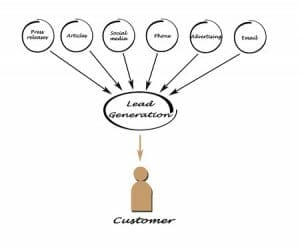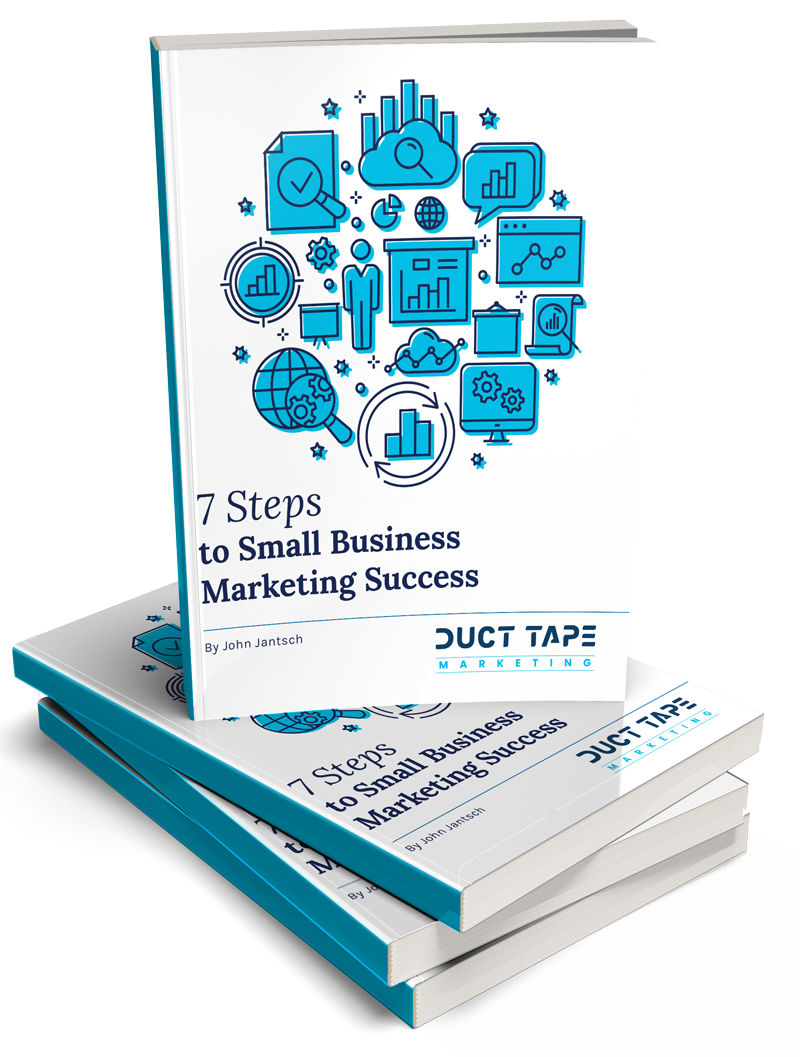
To make sure everyone is on the same page, here’s what we define a marketing channel as: A marketing channel is a way of speaking to your customers. It is a communication method you use to interact with someone in order to encourage them to make a purchase or remain a customer.
Some examples of marketing channels are:
- SEO
- Google AdWords
- TV and Magazine Advertising
- Trade Shows
- Social Media
- Face-to-face business development
- Cold calling
All of these are ways you can start a conversation with your customers and ways you can help them down the buyer’s journey towards a purchase or renewal. If you want to find more customers than you have already, maybe it’s time to try a new lead generation channel.
But I get all my customers through word of mouth…
Many successful companies have been built on one marketing channel. For a lot of startups, that first initial channel is referrals and word of mouth. They focus on maximising that channel and grow from it fairly steadily for a period of time, but all channels have a limit and will eventually fall prey to the law of diminishing returns. Also, sometimes speed of growth is important and a company has a successful channel that doesn’t bring revenue into the company fast enough (for example, advertising in a quarterly magazine).
Look at referrals, which is often a company’s best channel early on. Things spread virally when your product is good. People talk and word gets around that you’ve built something useful. But often these early stage referrals come in slowly with no real flow. Some weeks you get 2, some you get 10, and we don’t see companies controlling this or really finding a way to monitor and improve upon it. Because when you’re growing your business through the goodwill of friends or early stage customers, you don’t want to be trying to optimize them. They’re usually people you actually know rather than prospects on a list.
So, if you’re looking for more customers or to get some customers more quickly, then you’re probably interested in testing out a new channel on top of that. But before we get there, how many channels can you actually handle?
How many channels is too many channels?
The old story goes that you need to put yourself in front of a customer seven times before they’ll make a purchase. In today’s world you can spread yourself so thinly that you can have your product in front of millions of people in very little time, but it’s important to concentrate your marketing around a certain number of channels so you can get in front of the same person more than once.
It’s a juggling act. You can’t rely on only one channel to sell your product because you don’t know when it will stop working and you don’t want to stretch yourself too thinly with too many channels by not giving enough attention to them.
How many channels you can handle depends on two simple things:
- How fast you need to grow
- How many people you have on your team
If you need to grow quickly and have a large team, then try as many as you can. If you have a small team and can afford to grow more slowly, then take your time to really focus on one channel before moving on to the next one.
In general we would recommend that one person does not focus on more than three channels. This seems to be the optimum number. Enough to create a balanced marketing output and ‘hedge your bets’ while not being so many that you lose focus and can’t capitalise. Look at your marketers and try and match channels to their skills or interests, then set them loose.
How long should I test a channel?
Now that you’ve got an idea of your capacity and the number of channels you’re going to look at, you’re ready to work out which channels you’ll want to use.
First ask yourself a few simple questions:
- Are my customers on this channel? (Do your customers go there/ use it? Do they attend that event? Are they active on Facebook? etc)
- Do they want to hear from me on that channel? (Is it natural for you to speak to them there or are you trying to sell Hello Kitty Underwear on LinkedIn?)
- Do they spend money on that channel? (Is this somewhere they could purchase your product?).
Once you’ve answered these questions you can pick your channels and start the testing process. Some channels need less time to test than others. For example, you can quickly run tests through AdWords and shorten the feedback cycle, but doing the same in print advertising would take a lot more time.
 Steven Moody a HubSpot qualified Inbound marketer, with a passion for trying to keep things as simple and effective as possible. Starting his career in B2B sales, then moving into marketing, he’s worked all stages of the funnel. He enjoys writing and helping clients solve problems. He works for Beachhead.io, a performance-based marketing agency helping B2B SaaS startups grow faster. One of its top channels is lead nurturing, and you can sign up for Steven’s free 7-day course on lead nurturing here.
Steven Moody a HubSpot qualified Inbound marketer, with a passion for trying to keep things as simple and effective as possible. Starting his career in B2B sales, then moving into marketing, he’s worked all stages of the funnel. He enjoys writing and helping clients solve problems. He works for Beachhead.io, a performance-based marketing agency helping B2B SaaS startups grow faster. One of its top channels is lead nurturing, and you can sign up for Steven’s free 7-day course on lead nurturing here.



